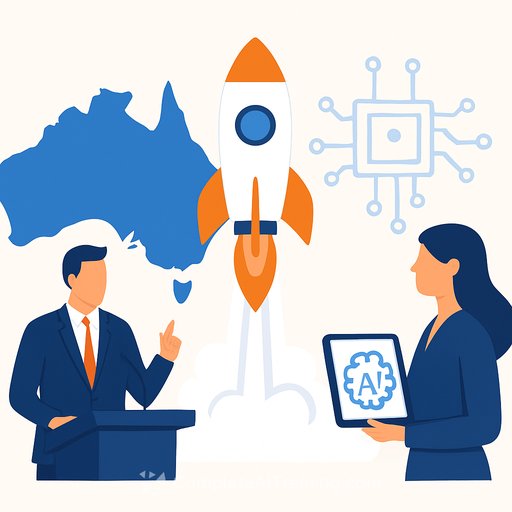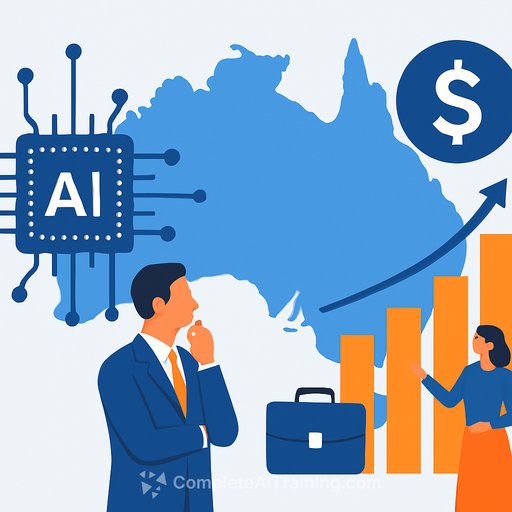ADB urges governments to build gender-inclusive AI - here's how to act now
AI is rewriting how economies work, with revenues projected to reach US$407bn by 2027. Yet women hold only 30% of AI professional roles globally, and just 8% of senior technical roles in Southeast Asia. The Asian Development Bank (ADB) warns: if we don't design and govern AI with inclusion in mind, bias will harden and opportunities will shrink.
The message to public leaders and technical teams is clear: bake gender equality into AI policy, design, funding, and skills pipelines - and operationalize it. Below are the core gaps and the steps to close them.
The policy gap: most national AI strategies miss gender
Across Asia and the Pacific, AI governance is maturing, but gender is mostly an afterthought. As of 2023, 14 Asian countries in the Oxford Insights Government AI Readiness Index had published AI-related strategies. Only Malaysia and Pakistan included explicit goals or initiatives for gender equality.
Six more mention gender without concrete actions. The rest refer to inclusion only indirectly. This is where governments can move first and fastest.
What inclusive AI governance looks like
- Embed gender equality in AI policies and oversight. Use sex-disaggregated and localised data for planning, monitoring, and evaluation.
- Mandate gender audits and bias assessments for public AI systems before, during, and after deployment.
- Set performance metrics that go beyond accuracy and efficiency - include inclusion, agency, and wellbeing.
- Fund the work: allocate budgets, define enforcement mechanisms, and build institutional capacity to implement.
- Engage women's rights organisations as co-creators in regulatory design, not just consultees.
Design AI women can access, use, and trust
Too many tools leave women as passive users. Programs should integrate gender from the start and be built to work where connectivity and literacy are low. Safety must be part of the feature set, not a patch.
- Design for low-literacy and low-connectivity environments (voice, local languages, offline modes).
- Embed feedback loops to detect and respond to risks in real time, including technology-facilitated gender-based violence (TFGBV).
- Test with diverse groups early and often; publish findings and fixes.
Finance that moves the needle
Public investors can direct the market. Dedicated funds for inclusive AI can scale solutions that deliver economic and social value. The brief is simple: back women-led teams and tools that close essential gaps.
- Prioritise applications in early warning systems, maternal and reproductive health, education, and digital safety.
- Set procurement criteria that reward bias testing, inclusive datasets, and transparent evaluation results.
Close capacity gaps across the pipeline
Underrepresentation in STEM, AI research, and digital leadership keeps bias alive in systems. Capacity-building must span users, builders, and regulators - from first exposure to leadership.
- Expand AI and digital literacy for women and girls with education-to-employment pathways, community-based learning, and vocational training in underserved areas.
- Train developers, engineers, and regulators to detect and mitigate bias in data, models, and deployment.
- Invest in women's leadership in academia, industry, and governance bodies to build a durable pipeline.
Immediate actions for government, IT, and development teams
- Audit your national or organisational AI strategy for explicit gender objectives, actions, budgets, and owners. Add them if missing.
- Stand up a cross-functional review board with women's rights organisations to oversee bias, safety, and inclusion.
- Require sex-disaggregated data plans and bias assessments in all public AI projects and vendor contracts.
- Launch one inclusive AI pilot this quarter in a priority service (health, education, safety) with transparent metrics.
- Create a dedicated financing window or procurement track for women-led AI solutions addressing public needs.
- Roll out targeted training for developers and regulators; publish a schedule and expected competencies.
Why this matters
AI systems reflect the data, design choices, and assumptions behind them. Without inclusive approaches, the risks stack up: TFGBV, data discrimination, and algorithmic exclusion. With inclusive design, equitable access, and responsive governance, AI can expand women's economic opportunities, improve access to services, and make digital spaces safer.
Resources
- Asian Development Bank: Gender and development
- Oxford Insights: Government AI Readiness Index
- Build team skills: AI courses by job role
Your membership also unlocks:








